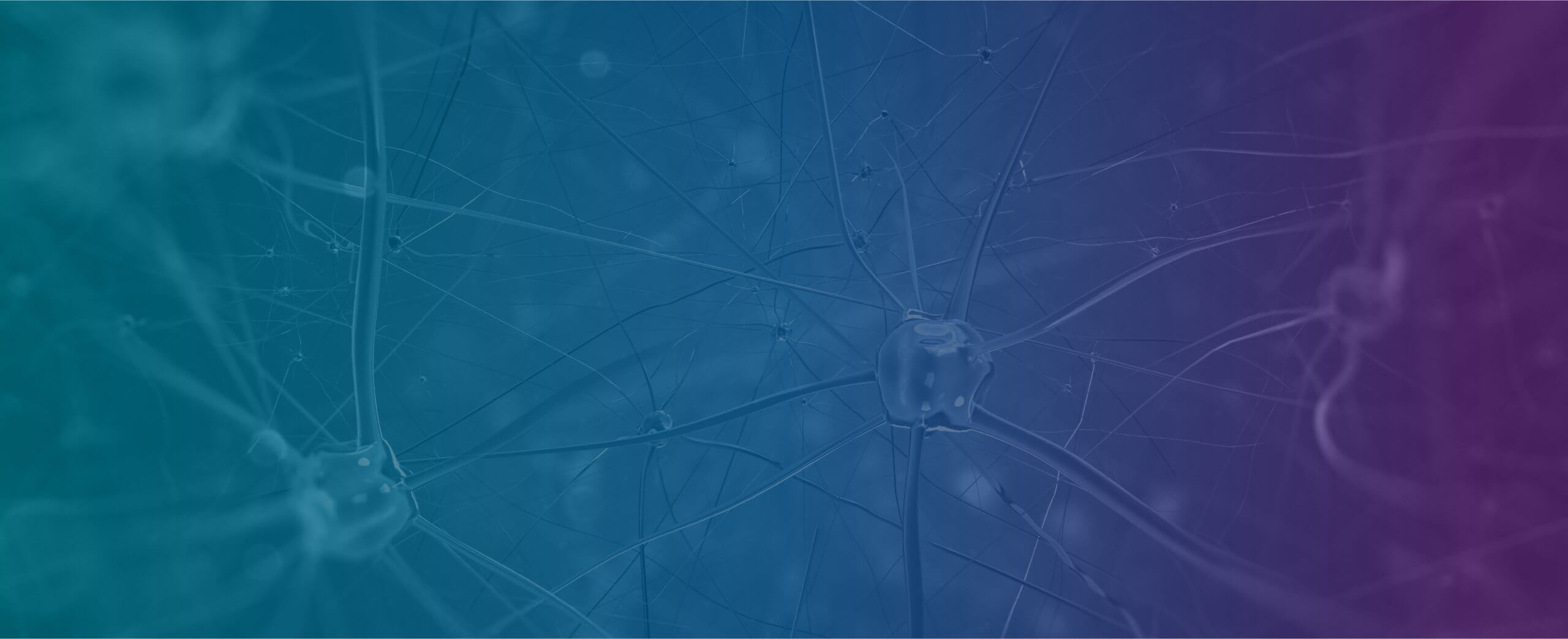- Last Updated
- Posted by
- CBT, Evidence-Based Practice, Hypnotherapy, Relaxation Techniques
Copyright (c) Donald Robertson, 2009. All rights reserved.
Relaxation techniques constitute some of the simplest, most versatile, and most effective interventions in the therapeutic armamentarium. Relaxation is particularly central to traditional hypnotherapy which, as practised by James Braid, originally aimed to induce various degrees of “nervous sleep” for therapeutic recuperation in many clients. Relaxation is equally central to traditional behaviour therapy techniques such as Wolpe's systematic desensitisation and is frequently employed in modern CBT.
However, therapists often fail to make elementary distinctions between different forms of relaxation which could be of considerable importance to the outcome of treatment. The word “relaxation” was not in common use in its modern sense prior to the 20th century and it is used today to describe a multitude of different techniques, often on the assumption that they are somehow equivalent in their results.
Research on behaviour therapy led to the observation that anxiety and tension do not manifest in all aspects of psychological and physiological functioning equally. Someone can have tense shoulders but very relaxed facial muscles, for example. However, more significant differences can exist between different neurological response systems, e.g., cognition, behaviour, and physiology. In our approach, we might a distinction, like the folk-psychology one between thoughts, actions, and feelings. However, we use the terms cognition, behaviour and affect (including “feelings” in the sense both of emotions and autonomic sensations).
A. Affect and autonomic sensations including the feelings of anxiety and physiological responses such as heart rate, blood pressure, etc.
B. Behaviour including all tension in the musculature of the body and even slight movements, etc.
C. Cognitive arousal including racing thoughts, narrowing of attention, and fearful appraisals, etc.
To some extent, relaxation in one of these response systems may, sometimes after a delay, produce relaxation in the other systems, but this is not always the case. The lack of correlation between them has been referred to as “desynchrony”. Indeed, it's very common to observe groups of people doing meditation or relaxation techniques who are clearly frowning, fidgeting, clenching their jaws, hunching their shoulders, or tensing other parts of the body while apparently feeling extremely mentally calm and serene. Likewise, people who learn to relax their body, even if they succeed in reducing muscle tension and even lowering heart rate, will often report that their mind begins racing, especially in the early periods of practice.
As it happens, different relaxation techniques can be seen to focus differentially upon these response systems. For example,
A. Breathing techniques arguably come closest to directly influencing heart rate and other physiological responses.
B. Tension-release techniques such as Jacobson's influential progressive muscle relaxation (PMR) approach directly influence the level of muscular tension in the body.
C. Meditation techniques such as Herbert Benson's “relaxation response” method, or other concentrative approaches, and mindfulness meditation techniques of a more contemplative nature, may be the most direct way of reducing cognitive arousal and slowing down thinking.
Understanding this simple distinction can help to better match the intervention to the needs of the individual client and the nature of their presenting problem.


